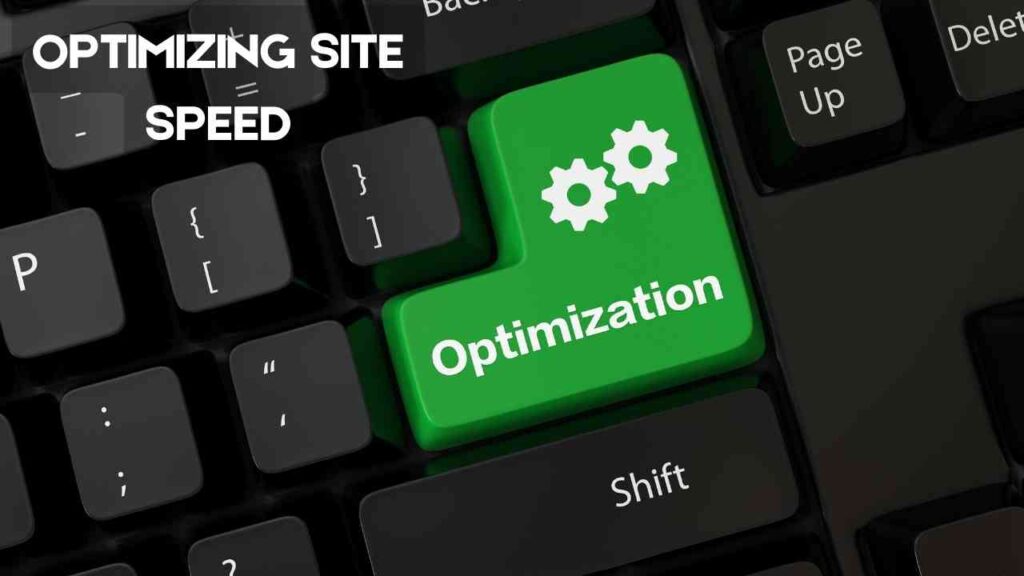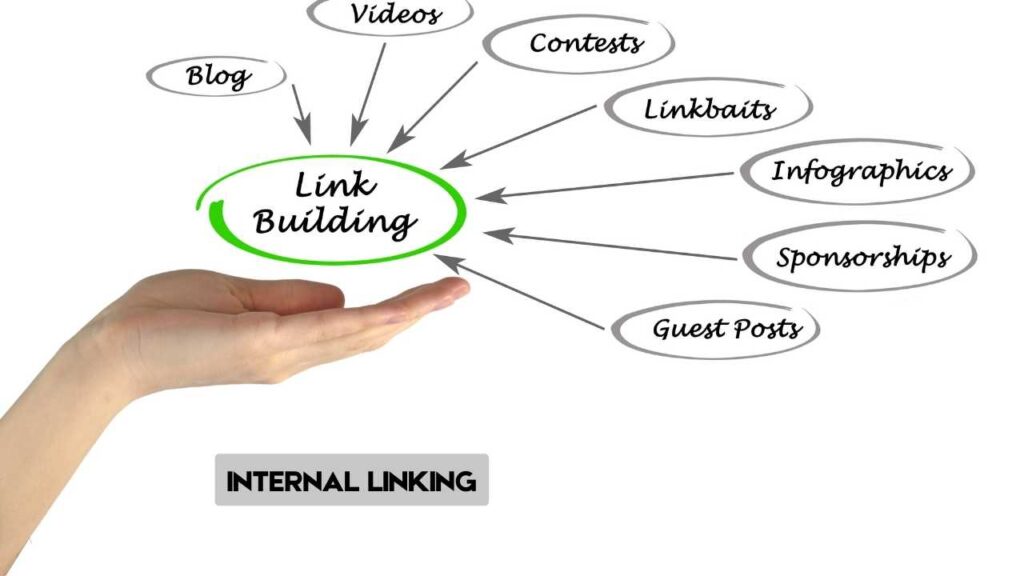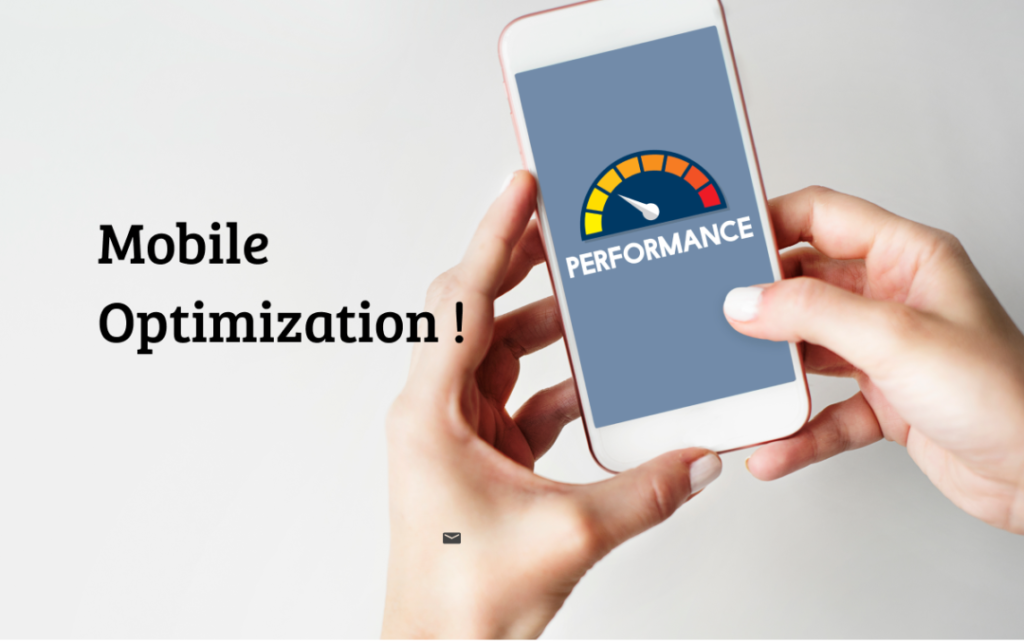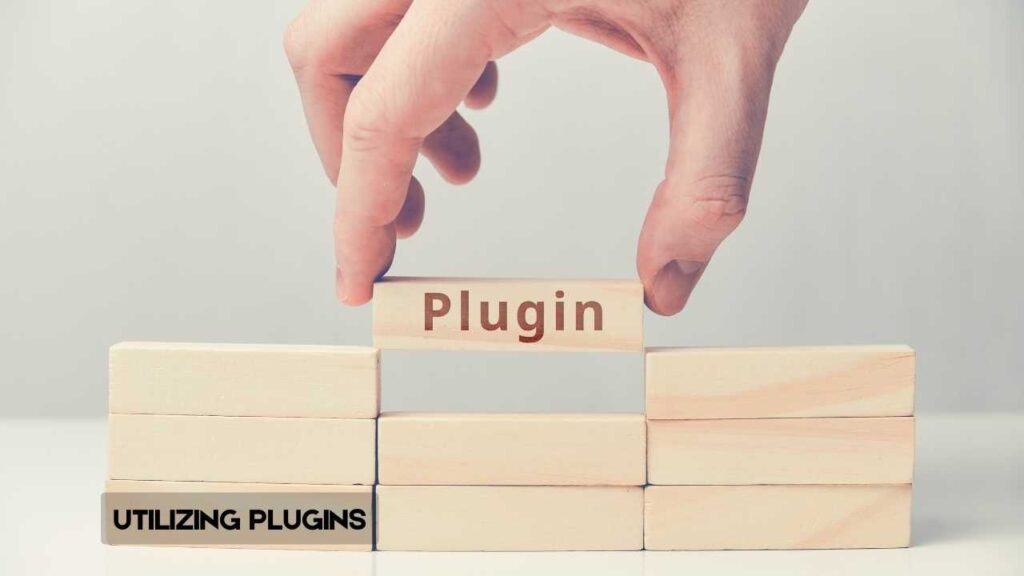Introduction
In the ever-evolving digital landscape, Boost Your Website Traffic is essential for growth and success. Whether you’re running a personal blog or managing a business site, getting more visitors means more potential customers, subscribers, or followers. Search Engine Optimization (SEO) is the magic wand that can make this happen, especially if you’re using WordPress. Let’s dive into some powerful SEO strategies tailored for WordPress users.
Understanding SEO

What is SEO?
SEO, or Search Engine Optimization, is the process of enhancing your website to improve its visibility on search engines like Google. When your site ranks higher in search results, it’s more likely to attract clicks and, consequently, traffic.
Why is SEO important for WordPress?
WordPress is a powerful platform, but simply having a website isn’t enough. Optimizing your site for search engines ensures that your content reaches a wider audience. By implementing effective SEO strategies, you can make sure your WordPress site stands out among the competition.
Also Read: Slay the Competition: Dominate the Digital Landscape with WordPress!
Choosing the Right Theme

Lightweight Themes
The theme you choose plays a critical role in your site’s performance. Lightweight themes ensure that your website loads quickly, which is a significant ranking factor for Google. Popular lightweight themes include Astra, GeneratePress, and OceanWP.
Responsive Design
In today’s mobile-first world, having a responsive design is non-negotiable. A responsive theme adjusts to different screen sizes, providing a seamless experience for all users, whether they’re on a desktop, tablet, or smartphone.
Optimizing Site Speed

Importance of Site Speed
Site speed is a crucial factor not just for SEO, but for user experience as well. A slow website can frustrate visitors, leading them to leave before they even see what you have to offer.
Tools to Measure Speed
Tools like Google PageSpeed Insights, GTmetrix, and Pingdom can help you measure your site’s speed and identify areas for improvement.
Tips to Improve Speed
To enhance your site’s speed:
- Optimize images by compressing them without losing quality.
- Use caching plugins like W3 Total Cache or WP Super Cache.
- Minimize CSS and JavaScript files.
Keyword Research

Understanding Keywords
Keywords are the terms and phrases people use to search for content online. Identifying and using the right keywords is fundamental to attracting the right audience.
Tools for Keyword Research
Tools like Google Keyword Planner, Ahrefs, and SEMrush can help you discover keywords relevant to your niche.
Long-Tail Keywords
Long-tail keywords are longer, more specific phrases. They may have lower search volumes, but they usually come with higher conversion rates because they target users with specific intent.
On-Page SEO.

Title Tags
Your title tag is one of the first things search engines and users see. Make sure your title tags are compelling and include your primary keyword.
Meta Descriptions
Meta descriptions provide a brief summary of your page content. While they don’t directly impact rankings, a well-written meta description can improve your click-through rate.
Header Tags
Using header tags (H1, H2, H3) appropriately helps search engines understand the structure of your content. Incorporate keywords naturally into your headers.
Must Read: Get Noticed Online: Beginner’s Guide to SEO Strategies for Website Growth
Content Creation

Quality Content
Creating high-quality, valuable content is essential. Content should be informative, engaging, and relevant to your audience.
Regular Updates
Regularly updating your content keeps it fresh and relevant. Google favors websites that are frequently updated.
Using Multimedia
Incorporate images, videos, infographics, and other multimedia to make your content more engaging and shareable.
Internal Linking

Importance of Internal Links
Internal links connect your content and help establish a site structure. They also help distribute page authority and boost SEO.
Best Practices for Internal Linking
Use descriptive anchor text for your internal links and link to relevant content within your site. Don’t overdo it, but ensure every page is connected.
Optimizing Images

Using Alt Text
Alt text helps search engines understand what an image is about. Include relevant keywords in your alt text.
Compressing Images
Large images can slow down your site. Use tools like TinyPNG or plugins like Smush to compress images without losing quality.
Image File Names
Name your image files descriptively. Instead of “IMG1234.jpg,” use “chocolate-chip-cookie-recipe.jpg.”
Mobile Optimization

Mobile-Friendly Design
Ensure your website is mobile-friendly. A responsive design ensures users have a great experience regardless of the device they’re using.
AMP (Accelerated Mobile Pages)
AMP is a Google-backed project designed to make mobile pages load faster. Implementing AMP can improve your mobile rankings.
Utilizing Plugins

Must-Have SEO Plugins
Plugins like Yoast SEO, All in One SEO Pack, and Rank Math can help you optimize your WordPress site more effectively.
How to Choose Plugins
Choose plugins that are well-rated and frequently updated. Too many plugins can slow down your site, so pick wisely.
Creating a Sitemap

What is a Sitemap?
A sitemap is a file that lists all the pages of your website, helping search engines crawl your site more efficiently.
How to Create a Sitemap
You can create a sitemap using plugins like Yoast SEO or Google XML Sitemaps. Once created, submit it to Google Search Console.
Building Backlinks

Importance of Backlinks
Backlinks are links from other websites to yours. They are one of the top-ranking factors for Google.
Strategies for Building Backlinks
- Guest blogging on reputable sites.
- Creating shareable content like infographics.
- Networking with influencers and bloggers in your niche.
Social Media Integration

Social Sharing Buttons
Add social sharing buttons to your posts to make it easy for readers to share your content.
Engaging with Followers
Be active on social media. Engage with your followers, share your content, and build a community around your brand.
Monitoring and Analytics

Using Google Analytics
Google Analytics is a powerful tool to track your website’s performance. Monitor your traffic, user behavior, and conversions to refine your strategy.
Other Useful Tools
Other tools like Ahrefs, SEMrush, and Moz provide valuable insights into your SEO performance.
Conclusion
Boosting your website traffic through SEO is a marathon, not a sprint. By implementing these strategies on your WordPress site, you’ll see gradual improvements in your search engine rankings and overall traffic. Stay consistent, keep learning, and adapt to the ever-changing SEO landscape.
Must Read:
Semrush Local: The Key to Conquering Your Local SEO Game
Grow Your Website Faster: Top-Rated WordPress Hosting Solutions